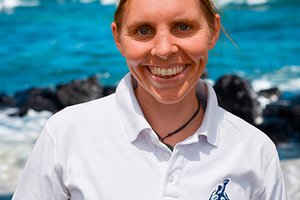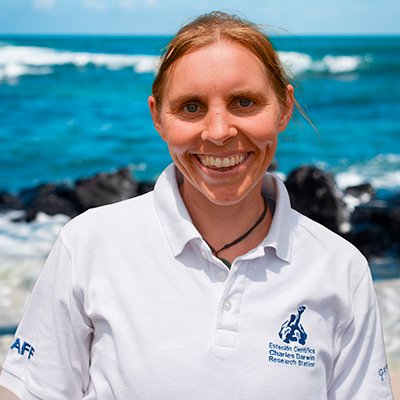Committed to the conservation of the Critically Endangered mangrove finch, 2022 breeding season update
Following nine weeks camping in the remote northwest of Isabela Island, Galapagos, the Charles Darwin Foundation and Galapagos National Park Directorate Mangrove Finch Project field team returned to Puerto Ayora, after carrying out the annual activities for the conservation of the mangrove finch. This is the most threatened bird species in the Galapagos with an estimated 100 individuals and fewer than 15 breeding pairs, all which occupy only 30 hectares of mangrove habitat.

Currently the greatest threat faced by the mangrove finch comes from the avian vampire fly “Philornis downsi”, an introduced species, the larvae of which feed on the blood of chicks, causing extremely high mortality.
Since 2007 the Mangrove Finch Project, a bi institutional initiative of the Charles Darwin Foundation and the Galapagos National Park Directorate, has carried out conservation management to protect this highly threatened species. This has included the effective control of introduced rats that previously predated many nests.
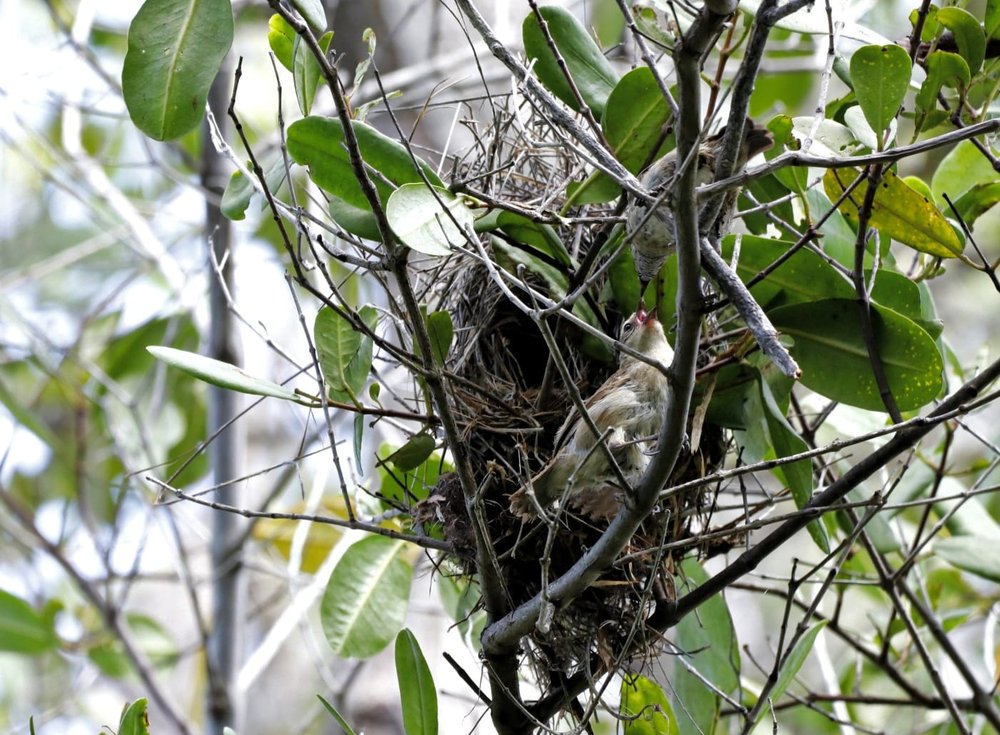
This year, to help ensure that the highest number of chicks could fledge successfully, the field team once again focussed their work on protecting mangrove finch chicks in their natural habitat. During the field season they found twenty-five nests, of which, to reduce the impact from avian vampire fly larvae, they carefully injected the base of fifteen with an organic based insecticide. In addition, to protect eggs from predation, the team carried out introduced rat control, servicing the 214 enclosed bait stations twice throughout the field trip.
“During this 2022 field season we documented 12 mangrove finch breeding pairs and observed the successful fledging of two nests, resulting in four chicks,” said Ibeth Alarcón, Junior Investigator with the Mangrove Finch Project at the Charles Darwin Foundation.
“It is encouraging to have received confirmation that two individuals that fledged from treated nests in 2018 and 2019, were breeding in 2022. This demonstrates that the technique can increase the population, currently so reduced that every single bird is valuable,” emphasises Francesca Cunninghame, Mangrove Finch Project Leader at the Charles Darwin Foundation.
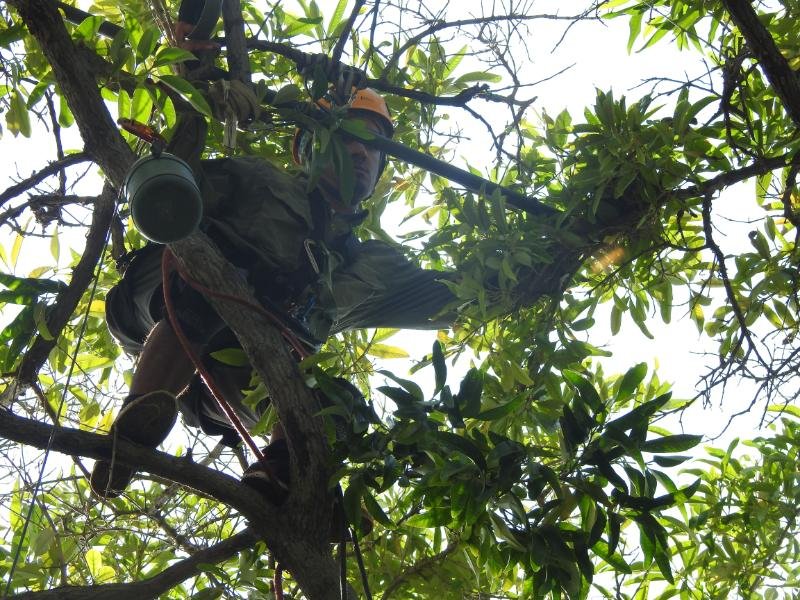
Due to the characteristics of the mangrove trees, in which mangrove finches nest up to 20m high in the canopy at the tips of thin branches, it is a challenge to be able to protect them. For this reason, the team once again repeated trials using dispensers containing insecticide treated nesting material (feathers, cotton fibre, sisal, coconut fibre), to further determine whether this could provide an alternative technique to reduce parasitism of chicks in the nest. Unfortunately, the mangrove finches showed no interest in incorporating nest material in their nests and at this stage the technique does not appear to be viable for this species.
During the 2022 season three older males were observed nesting, all in pairs where fertile eggs were produced. This demonstrates that while mangrove finch conservation is challenging and the species is vulnerable, the long life expectancy, combined with the high annual survival of mature birds can enable the presence of breeding pairs in future years that can benefit from our Project’s conservation management actions.
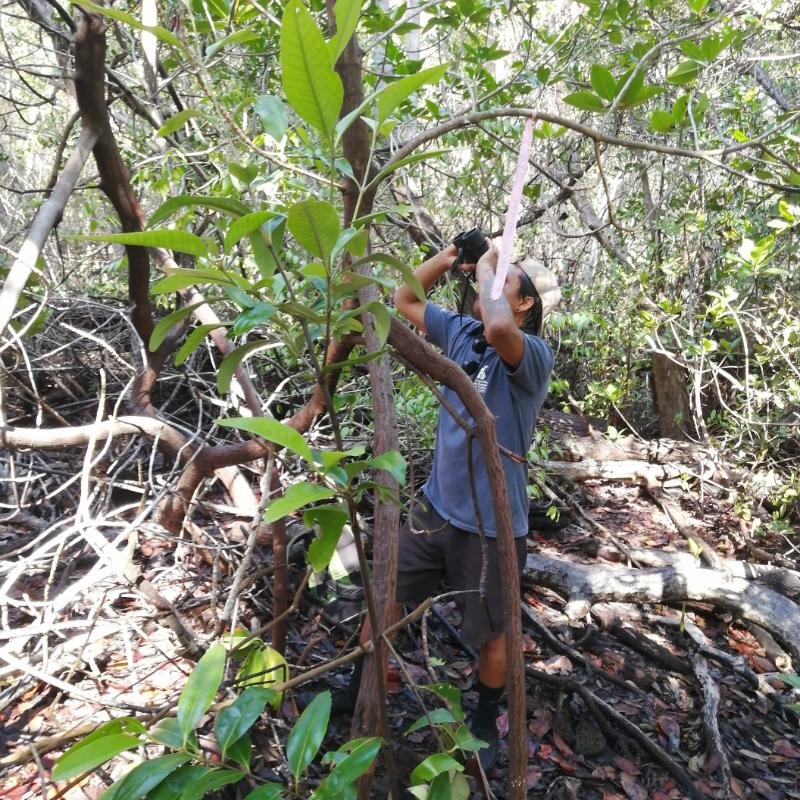
Significant effort and dedication are required from the team throughout the field season and the commitment from all members was evident. At the same time the team increased their practical skills in tree climbing techniques for conservation purposes. Although demanding, we are committed to continue to prioritise intensive management for every single mangrove finch chick until an effective large-scale control for the avian vampire fly is developed. Our conservation aims need to be maintained as a joint effort to protect the mangrove finch from extinction.




